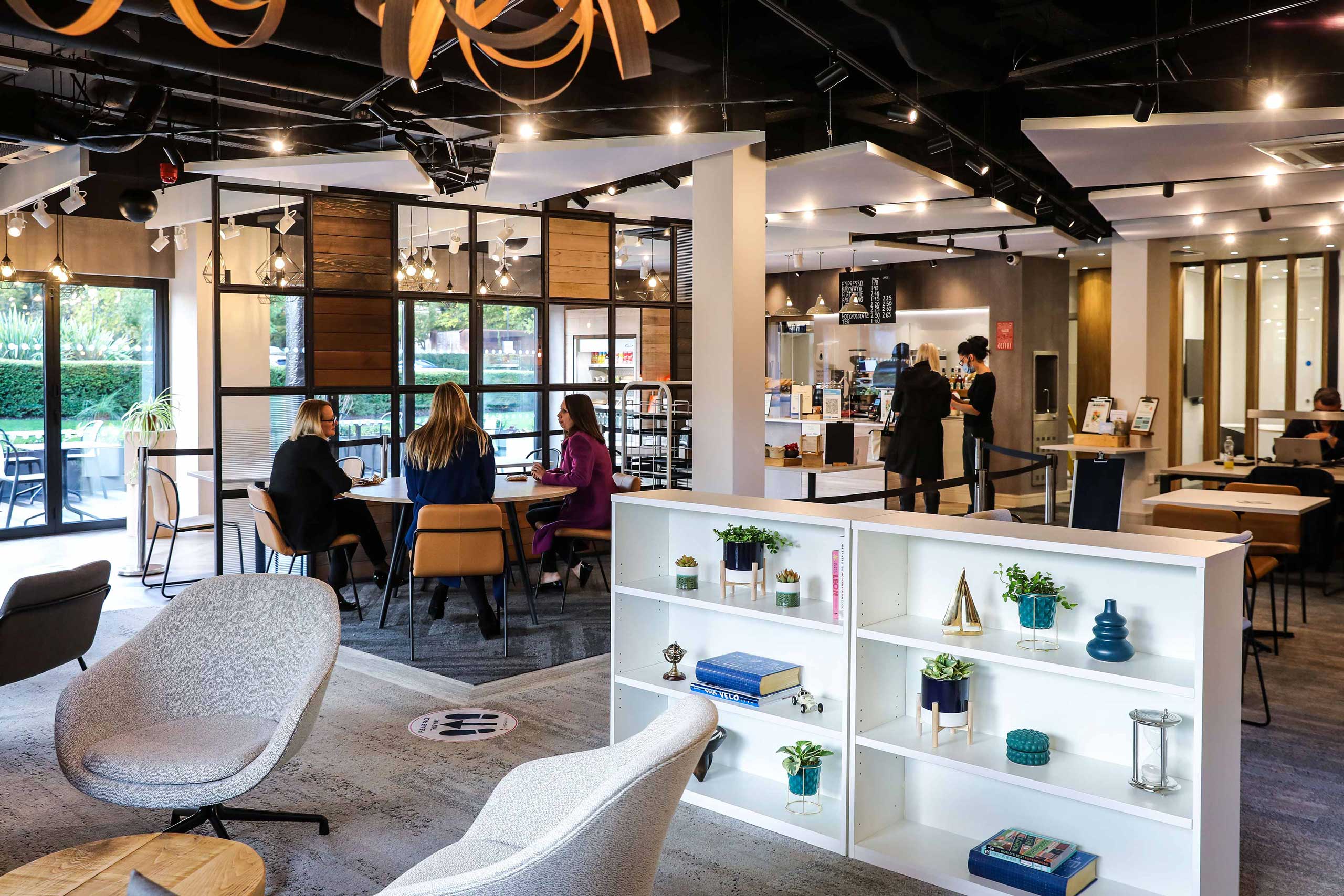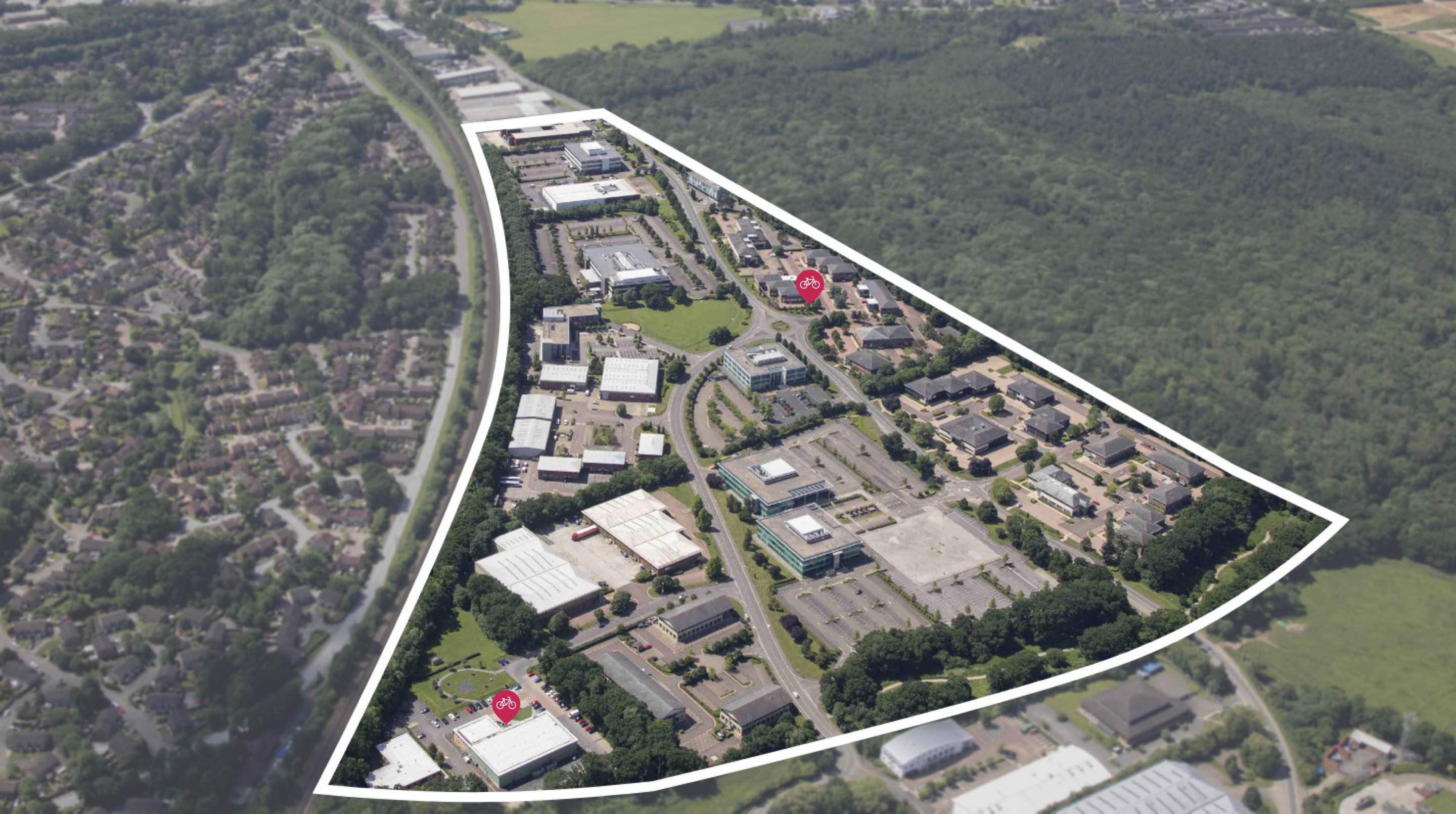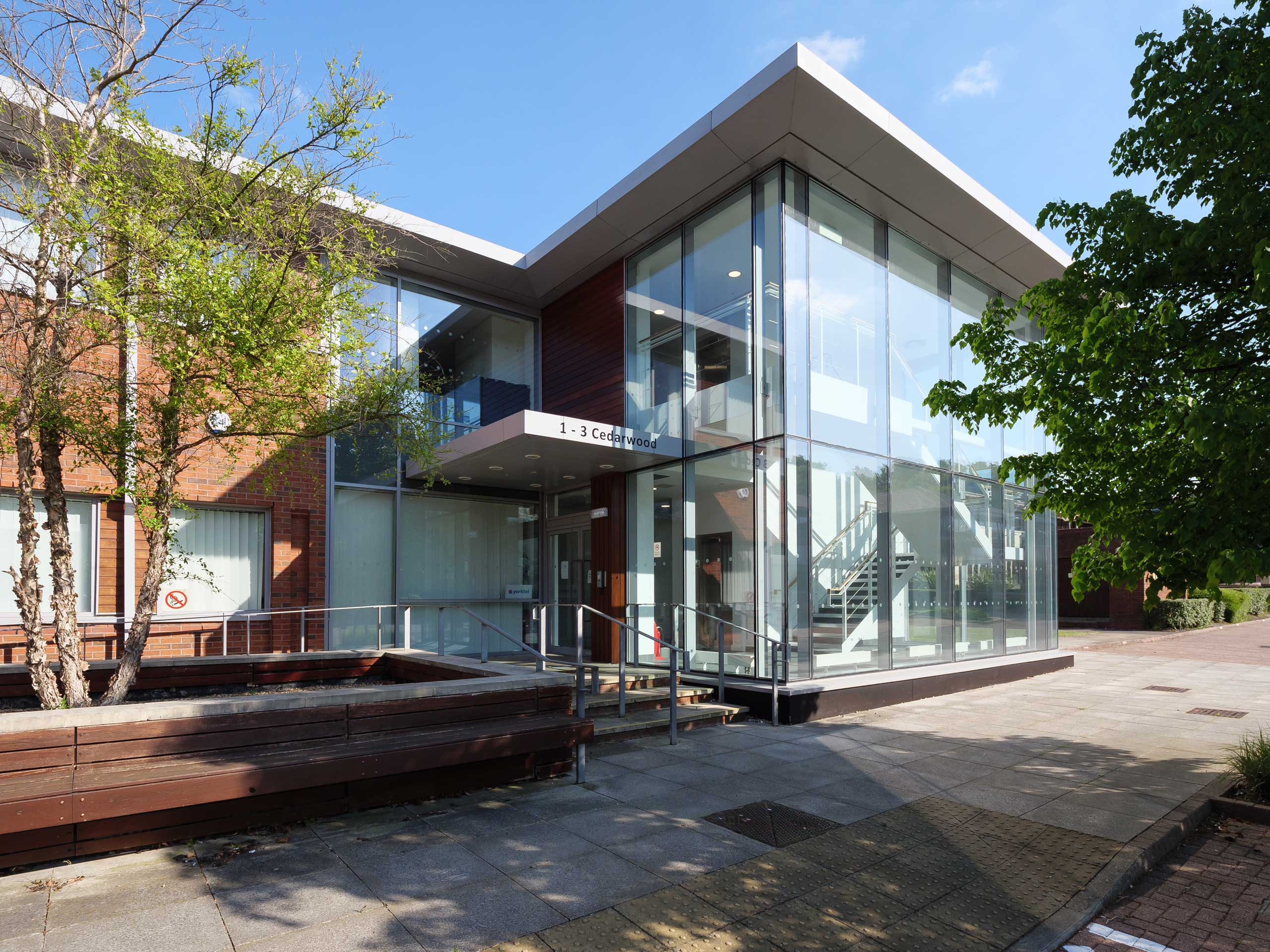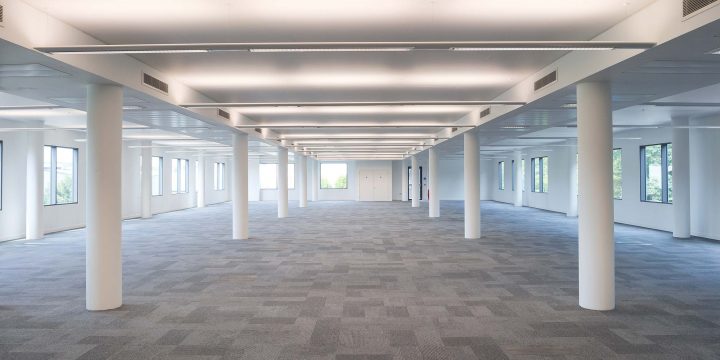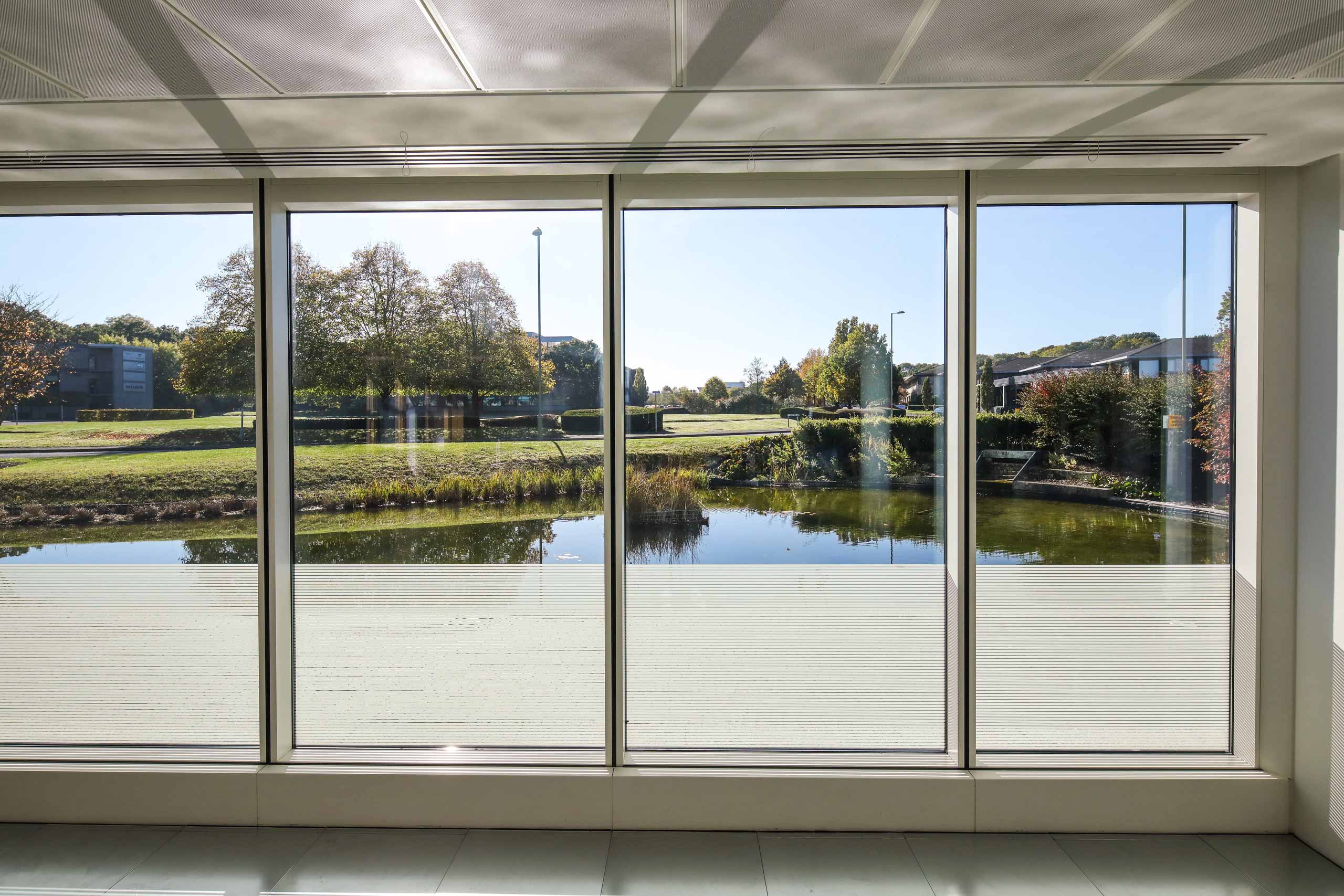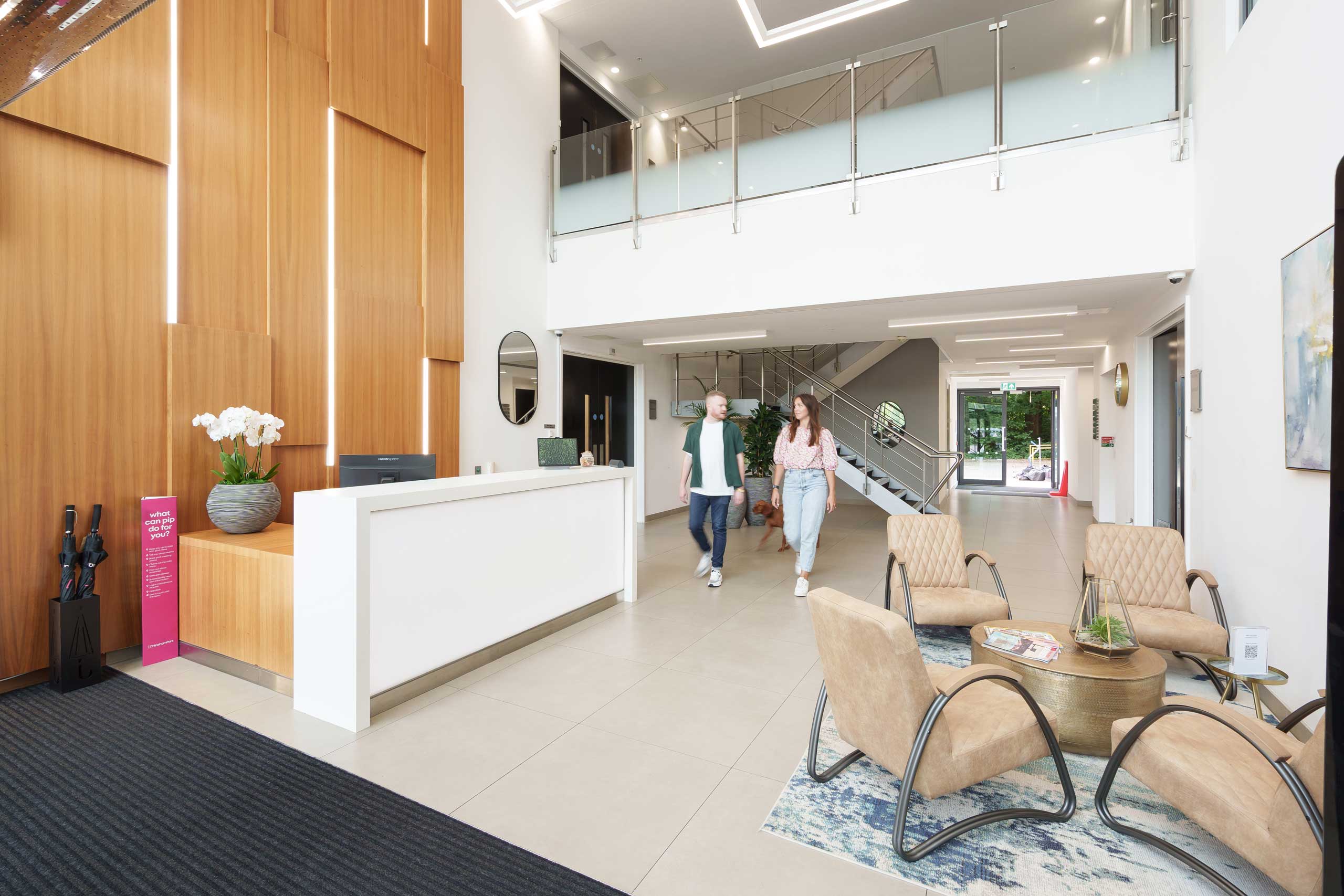Office design plays a crucial role in shaping the work environment and can significantly impact staff morale, productivity, and overall business performance.
A well-designed office workspace contributes to a positive and welcoming atmosphere, which in turn can lead to increased employee satisfaction and motivation. Furthermore, an effectively designed office layout can encourage collaboration among team members. This can result in improved communication and shared ideas, ultimately boosting productivity and innovation within the organisation.
With the workforce composed of individuals with different personal needs, it can be difficult to know exactly how to redesign a workspace for rent to cater to everyone. Let’s look closer at how you can cultivate the most productive workplace experience.
Redesign your office workspace
There are significant benefits for employers when they personalise workspaces for their staff. As well as boosting productivity and efficiency, they help retain valuable team members and recruit talented new ones.
Here are some productivity-boosting office workspace design ideas to consider.
Workspace ergonomics
The purpose of an office space should align with the changing workplace dynamics and the evolving role of the office as a hub for collaboration. Following that logic, ergonomics are vital for maintaining a comfortable environment for employees. This means all furniture and equipment should be designed to minimise physical stresses and strains.
With an increased understanding of the health risks associated with prolonged sitting, there has been a shift towards ergonomic office furniture that promotes proper posture and reduces strain on the body. This includes adjustable desks, chairs with lumbar support, and monitor stands to maintain eye level.
Other ergonomic suggestions include:
- Hotdesk layouts
- Standing desk options
- Workstation personalisation
- Outdoor working/meeting opportunities
Not all of these suggestions will be suitable. It is fairly easy for a small business with only a few employees to ergonomically optimise their workspace, but it is a trickier equation for larger workforces.
Ultimately, the key elements of workspace ergonomics are focused on mitigating the negative impact of sedentary behaviour by embracing these to create a more comfortable and productive work environment that also contributes to the overall well-being of employees.
Environmental conditions
Reimagining office designs to align with new ways of working is essential, and technology plays a crucial role in optimising workspaces to cooperate with interior office design. This could involve creating flexible workstations that can easily adapt to different tasks, incorporating more open and communal areas for collaboration, and providing quiet zones for focused work. More suggestions include:
- Integrating occupancy monitoring systems to provide data on how spaces are being used and so clarifying how to allocate best and utilise office space
- Adding touchless technology for doors, elevators, and other common areas to promote a safer work environment for employees
By considering the changing needs of employees, the office environment can be redesigned to maximise the use of the available space and create a more dynamic and adaptable work environment.
Biophilic office design
Biophilic office design plays a crucial part in modern office design ideas. It focuses on integrating nature into the workplace to create a more productive and healthy environment. The benefits of this design approach are numerous. Did you know that:
- Exposure to nature has been shown to improve memory, enhance mood, and reduce stress levels
- Incorporating plant life and rooftop gardens into office spaces improves aesthetics and air quality
- These natural elements can be strategically used to zone different areas of the office for collaboration, relaxation, and focus
The concept of biophilia emphasises the innate human connection to nature and ultimately, creates a workspace that supports the well-being and productivity of their employees. Biophilic elements should be part of any plan to redesign the office workspace.
Design for workplace wellbeing
A key design element to consider for workplace wellbeing is incorporating natural light. Natural light has been shown to improve mood, reduce stress, and increase productivity among employees. It can be incorporated through large windows, skylights, or open floor plans.
Lighting can be tricky, as natural light is beneficial, but too much can negate its positive effects. If there is an abundance of natural light, then it can be difficult to see monitors, and it can also cause a strain on the eyes. Being aware of the lighting in the workspace before designing your layout will help you ensure your staff’s workstations are positioned effectively.
This design element can significantly contribute to employee wellbeing and productivity and should always be considered when designing your office.
Office workspaces at Chineham Park
A great example of modern workspace for rent is in Chineham Park near Basingstoke. Many of the different companies set up here have been able to design their workspaces to suit their own unique business model while accommodating their employees’ preferences.
The local amenities are excellent, with accessibility prioritised, and the variety of surrounding landscaped spaces provides an ideal environment for professionals to maximise their productivity.
